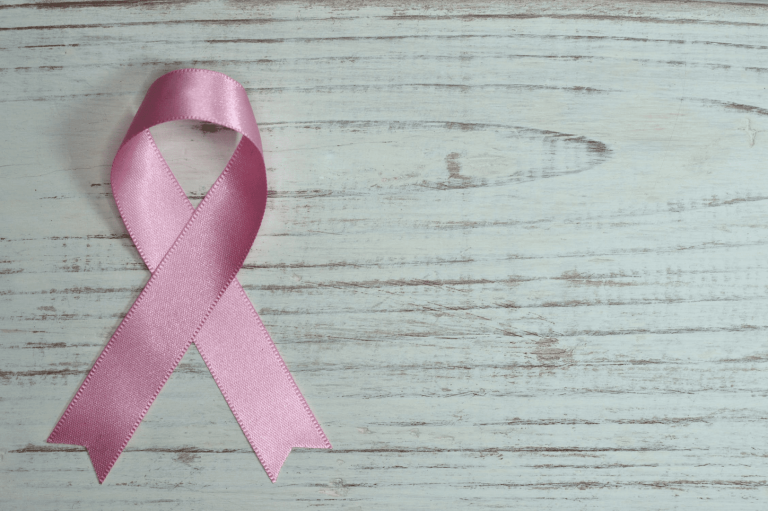Six steps to recovering from burnout – follow the instructions and find your power again
According to the World Health Organization stress is the leading cause of sick leave in Europe. With increasing stress, burnout at work and its symptoms are also increasing.
Work exhaustion develops in stages. Usually, there is an overly heavy, repetitive, or long-term load associated with inadequate resources and empowerment.
Once developed, burnout is a persistent companion that can continue to show symptoms for up to ten years. With these six steps you can find your way to recover from burnout and find your power again!
1. Recognize your exhaustion
Recognition of exhaustion may not be easy, because the ability to think and pay attention will decrease with exhaustion. When fatigue becomes a normal condition, you can no longer question it. The first warning sign of exhaustion is fatigue, followed by loss of motivation and attachment, difficulties in sleeping, various physical symptoms and isolation. If you are unsure of your situation, seek the help of a professional to evaluate your symptoms.
2. Take some distance from work
When your resources are low you need space to evaluate your own situation. So do not exert yourself but instead take some distance from work. If you have the opportunity to take sick leave, take it. If necessary, consider other ways to take a break from work.
3. Let your body and mind recover
Give yourself permission to rest as it is a lifeline for your body to recover. Most recovery occurs during sleep, so sleep as much as you feel you need to during your recovery. However, try to maintain some kind of circadian rhythm. Be patient with yourself as recovery can take days, weeks or months depending on the severity of your exhaustion.
4. Prioritize
When your strength has been partially recovered, evaluate your situation carefully. Do yourself a favor and find out what is worth the commitment and effort in your life and what can be left out. What really matters to you and how should it be reflected in your daily choices?
5. Identify needs for change
Find out how you could make your work or life situation less stressful. If you want to make concrete changes, you need to have a clear enough idea of what things need to change. At the same time, reflect about how you might think, act or approach things differently than before.
6. Make concrete changes
Once you have identified the needs for change, put them into practice. It is good to practice making changes one at a time in small steps. This is how you get to know your resources and their limits before major upheavals. The best changes come from doing something that is important and inspiring to you. Therefore, you should focus on what inspires and energizes you.
References:
Uusitalo-Arola, L. (2019) Uuvuksissa.
Vilhelmiina Välimäki is a Finnish psychologist, who moved to Malta 2018 and has been slowly but surely adjusting to the Maltese environment and culture. She works at Willingness as a Clinical Psychologist and she is specialised in offering support to individuals from different age groups, couples and families. You can contact her on vilhelmiina@willingness.com.mt or 9944 9910.







